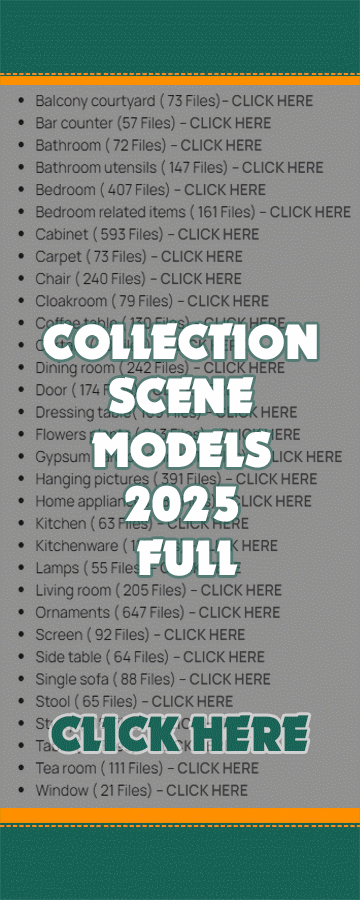## Elegant drw3: A Deep Dive into Design and Functionality
This document explores the design and functionality of *Elegant drw3*, a system (assuming it's a software system, adjust as needed for other applications) that prioritizes *elegance* and *user experience* while delivering robust functionality. We will dissect its key features, explore the design choices behind them, and examine the implications for users and developers alike.
Part 1: Conceptual Foundation – Elegance in Design
The core philosophy behind *Elegant drw3* is the pursuit of *elegance* in every aspect of its creation. This doesn't simply mean a visually appealing interface; it encompasses a holistic approach, integrating *intuitive usability*, *efficient code*, and a *clean, well-structured architecture*. This principle guides all design decisions, from the macro-level system architecture down to the micro-level details of individual user interface elements.
* Intuitive User Interface (UI): The UI of *Elegant drw3* is designed with the user firmly in mind. The goal is to minimize the learning curve, allowing users to quickly and efficiently accomplish their tasks without unnecessary complexity. This is achieved through:
* *Clear visual hierarchy:* Information is presented in a logical and easily digestible manner, using visual cues such as size, color, and spacing to guide the user's attention.
* *Consistent design language:* Elements are styled consistently throughout the application, creating a cohesive and familiar experience. This reduces cognitive load and helps users to predict how different parts of the system will behave.
* *Actionable feedback:* Users receive immediate feedback on their actions, ensuring they understand the system's response and can easily correct any errors. This is crucial for a smooth and satisfying user experience.
* Efficient Codebase: *Elegance* in *Elegant drw3* extends beyond the visual layer. The underlying codebase is designed for *readability*, *maintainability*, and *performance*. This is achieved through:
* *Modular design:* The system is broken down into smaller, independent modules, making it easier to understand, modify, and debug.
* *Well-documented code:* Comprehensive documentation ensures that developers can easily understand and work with the codebase, reducing development time and improving maintainability.
* *Optimized algorithms:* Efficient algorithms are employed to minimize resource consumption and ensure optimal performance, even under heavy load.
* Clean Architecture: The architecture of *Elegant drw3* is designed for *scalability*, *extensibility*, and *robustness*. Key architectural principles include:
* *Separation of concerns:* Different aspects of the system (e.g., data access, business logic, presentation) are separated into distinct layers, promoting modularity and reducing dependencies.
* *Loose coupling:* Modules interact with each other in a loose and flexible manner, minimizing the impact of changes in one module on other parts of the system.
* *Robust error handling:* The system is designed to gracefully handle errors and unexpected situations, preventing crashes and data loss.
Part 2: Key Features and Functionality
*Elegant drw3* offers a range of features designed to address specific user needs. The functionality is carefully curated to avoid unnecessary complexity, focusing on providing users with a powerful yet simple tool. Some key features include:
* *Data Management: *Elegant drw3* provides robust data management capabilities, allowing users to easily store, retrieve, and manipulate data. This includes features such as:
* *Data import/export:* Seamless integration with various data formats.
* *Data validation:* Ensures data integrity and consistency.
* *Data security:* Protects sensitive data through encryption and access controls.
* *Reporting and Analytics: The system offers powerful reporting and analytics features, allowing users to generate customized reports and gain insights into their data. This includes:
* *Customizable reports:* Users can create reports tailored to their specific needs.
* *Data visualization:* Data is presented visually through charts and graphs, making it easier to understand.
* *Real-time dashboards:* Provides up-to-the-minute insights into key performance indicators (KPIs).
* *User Customization: *Elegant drw3* allows users to personalize their experience through various customization options, including:
* *Themes and skins:* Users can choose from a range of pre-defined themes or create their own custom themes.
* *Keyboard shortcuts:* Users can create custom keyboard shortcuts to speed up their workflow.
* *Preferences and settings:* Users can adjust various settings to optimize their experience.
* *Integration with Other Systems: *Elegant drw3* supports integration with other systems through APIs and other integration mechanisms. This allows for seamless data exchange and workflow automation. The APIs are carefully designed to be *easy to use* and *well-documented*, simplifying integration efforts.
Part 3: Technology Stack and Development Process
The technology stack for *Elegant drw3* is carefully selected to ensure *performance*, *scalability*, and *maintainability*. The choice of technologies balances *modern best practices* with a focus on *long-term stability*. (Specific technologies would be listed here, e.g., "The backend is built using Python and Django, leveraging PostgreSQL for database management. The frontend utilizes React for a responsive and dynamic user interface.")
The development process employs an *agile methodology*, emphasizing iterative development and close collaboration between developers and users. This ensures that the system meets user needs and adapts to changing requirements. Rigorous testing procedures are implemented at each stage of development to ensure quality and stability. This includes:
* *Unit Testing: Individual components are thoroughly tested to verify their functionality.
* *Integration Testing: Interactions between different components are tested to ensure seamless integration.
* *System Testing: The entire system is tested to verify that it meets all requirements.
* *User Acceptance Testing (UAT): Users test the system to validate that it meets their needs and expectations.
Part 4: Future Directions and Enhancements
Future development of *Elegant drw3* will focus on expanding its functionality and enhancing its user experience. This includes:
* *Improved AI Integration:* Exploring the possibilities of integrating AI-powered features, such as predictive analytics and intelligent automation, to further enhance the system's capabilities.
* *Enhanced Security Features:* Continuously strengthening security measures to protect user data and prevent unauthorized access. This includes implementing the latest security protocols and conducting regular security audits.
* *Expanded Platform Support:* Expanding the system's compatibility to support a wider range of devices and operating systems.
* *Community Engagement:* Fostering a strong community around *Elegant drw3* to encourage user feedback and collaboration. This will help drive future development and ensure the system continues to meet the needs of its users.
In conclusion, *Elegant drw3* represents a commitment to *excellence* in software design. By prioritizing *elegance* in both its visual presentation and its underlying architecture, it strives to provide users with a powerful, intuitive, and efficient tool. The commitment to ongoing development and community engagement ensures that *Elegant drw3* will continue to evolve and meet the needs of its users for years to come.








































